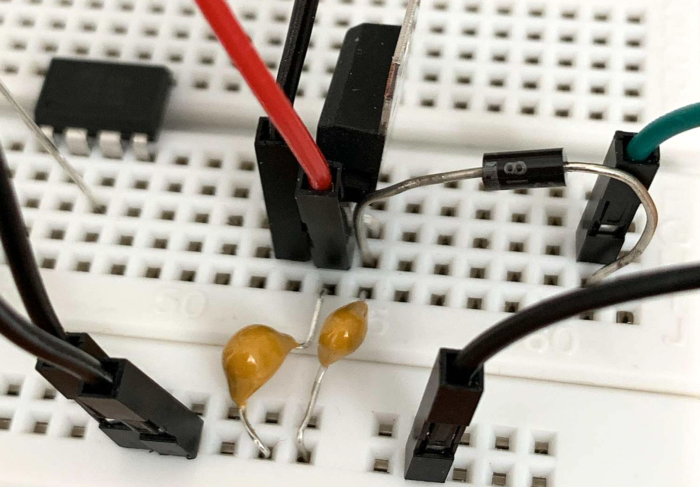
I first heard of the distinction between bits and atoms to describe the digital and physical worlds back in the mid-90s. Back then, atoms ruled – books, factories, records, physical things. But there was a distinct acceleration of the digital world of software, bulletin boards, the nascent Web, digital things.
I was truly an atom-level thinker
Back then, I was just out of grad school and entering my post-doc. I was a researcher that thought on the molecular level, trying to understand how the influence of specific atoms, on specific spots, on specific structures interacted with each other. Often the difference between the molecules I worked with (protein, DNA, RNA) was a single atom.
That’s the programming I knew – using biological systems to create tools and objects for research, to uncover natural principals and build upon reality.
And I did well, writing a bunch of papers and creating a foundation that helped the lab grow in a new direction.
Then I became a bit-level thinker
As the web took off in the late 90s, I got more involved in software, the internet, and mobile. This interest (always present – my father ran management information system departments) was enough to catapult me out of the atom world and into the bit world.
True, I worked for consumer electronics companies, but my role was not in the hardware, but in the software that was going to add so much value to that hardware.
And I did well, helping large brands engage with customers through digital sales and marketing.
Back to the atom thinking
As I mentioned before, I’ve been spending a lot of my time making things based on microcontrollers, sensors, and lots of LEDs. Yes, I find myself back in the world of atoms, thinking of how an experience can manifest itself through tangible goods.
This is a different atom world than my first go at atoms, but I see a long red thread of my interest in things from now all the way back to then. And the perspective I gained of the interplay of bit and atoms, especially at Nokia, during my bits years, has become valuable.
Indeed, I currently work for a company with a strong hardware culture. And working for them sort of led me to solving problems with hardware.
Furthermore, talking hardware all day, and tinkering with hardware all night, has filled my mind with exciting potential futures. For example, I find myself thinking and talking a lot about how we can make the digital world, digital concepts, more tangible, more physical.
I hope that ten years from now I can say I did well, making a difference once more with atoms, but with a twist of bits.